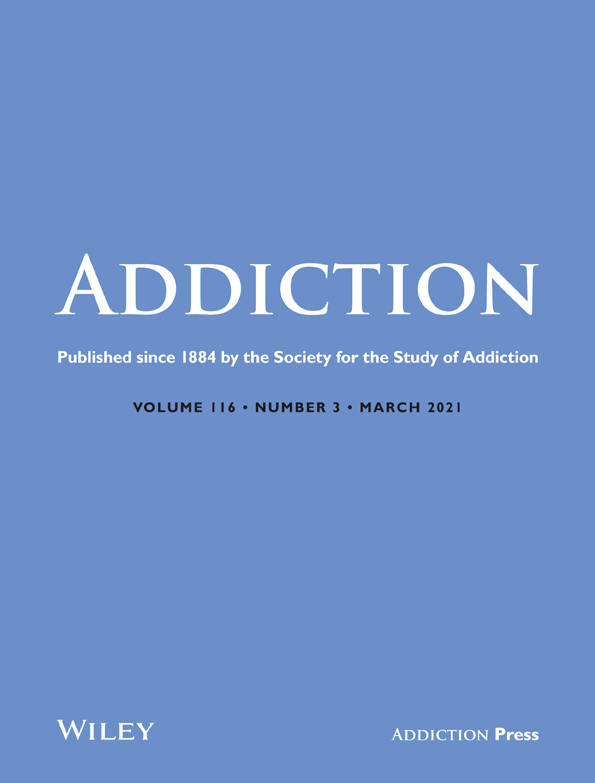Commentary on Bishop & Almquist : Beyond a descriptive life-course epidemiology
There is a need to move beyond a descriptive life-course epidemiology by integrating theoretical frameworks to understand the mechanisms between exposures and outcomes.
The need to focus on context has been repeatedly highlighted in life-course epidemiology in contrast to the tendency to mainly deal with the individual as an isolated being [1, 2]. Nonetheless, even when adding context, life-course epidemiology has still mainly dealt with the individual and the closest aspects of their environment. Bishop & Almquist [3] therefore make an important contribution by widening the context around young people to also include their peers and their families.
Even though the authors do not embrace any theoretical framework they have, from a socio-ecological perspective, analysed various settings at the micro-level and their possible interactions, which Bronfenbrenner labels the meso-level [4]. Overall, there is a lack of life-course papers which analyse this meso-level, i.e. the interactions between various settings [5]. This is unfortunate, as it has been demonstrated that studies that do use Bronfenbrenner's ecological system concepts by clearly considering interactions between and within these systems can result in recommendations that are most useful for guiding public mental health policy and practice [5].
While life-course epidemiology can acknowledge the complexity of individual and social life course processes relevant for health, Bishop & Almquist's paper [3], in common with most life-course publications, lacks a coherent theoretical framework to approach this complexity [6, 7]. Theories are needed to help us to structure our ideas as well as to explaining disease distribution and causal relations between exposure and outcome. Incorporating an ecological approach into life-course epidemiology can provide a tool to analyse how determinants in various settings and ecological levels can interact and differ in extent, expression and impact across the life-span [4–6].
A serious consequence of the lack of theories in life-course epidemiology is the descriptive focus of the publications. While papers such as the one by Bishop & Almquist [3] demonstrate that adverse life circumstances in early life are related to various adverse outcomes in adult life, there is a lack of understanding as to why these relations exist. Without theoretical guidance, the authors can at best only point out the need to analyse the causal mechanisms behind their associations. This is my major point; too many life-course studies do not even try to understand their results from a causal perspective.
A reason for this is that, as among others Primore et al. [8] have pointed out, the use of theoretical frameworks is much more difficult in many public health-related journals than in social science journal, due to the substantially lower number of words. This lower word count leaves ‘little room to formulate and debate theory and to interpret results in a theoretically meaningful way. The result is that discussions of the potential operant mechanisms driving the social relationship between the predictor and the outcome are often limited to a few general, trite and unimaginative sentences in the Introduction and Discussion’.
Some may argue that the rapid development of causal inference in epidemiology (see [9]) is a way of developing an understanding of complex relations through structural analyses of mechanisms. This methodological development is important, but cannot replace an epidemiological theory. An epidemiological theoretical understanding is necessary to guide the inclusion of variables in the analysis. Krieger & Smith [10] draw upon the concept of ‘inference to the best explanation’ (IBE) which, among others, the philosopher Peter Lipton has developed [11]. IBE means that we need to consider how well various hypotheses can explain our findings before we decide which of the hypotheses to accept. Krieger & Smith states that this concept is ‘driven by theory, substantive knowledge, and evidence, as opposed to being driven solely by logic or by probabilities’. They thus argue for broadening the scope of causal inference and explanations, whereas the present use of directed acyclic graphs (DAGS) can instead limit who and what may be a cause. They argue that our present use of DAGS may even lead to erroneous causal inference and thus cause harm.
Even though DAGs are useful for selection of confounders they do not provide insight into what omitted variables might be important or whether a variable is even conceptualized. Only the use of relevant epidemiological theories of disease distribution can aid with conceptualizing the phenomena that co-produce the hypothesized causal relationship. Thus, it is time to go beyond descriptive epidemiology and to make use of the broad range of theories developed in the field [6, 7].
Declaration of interests
None.




